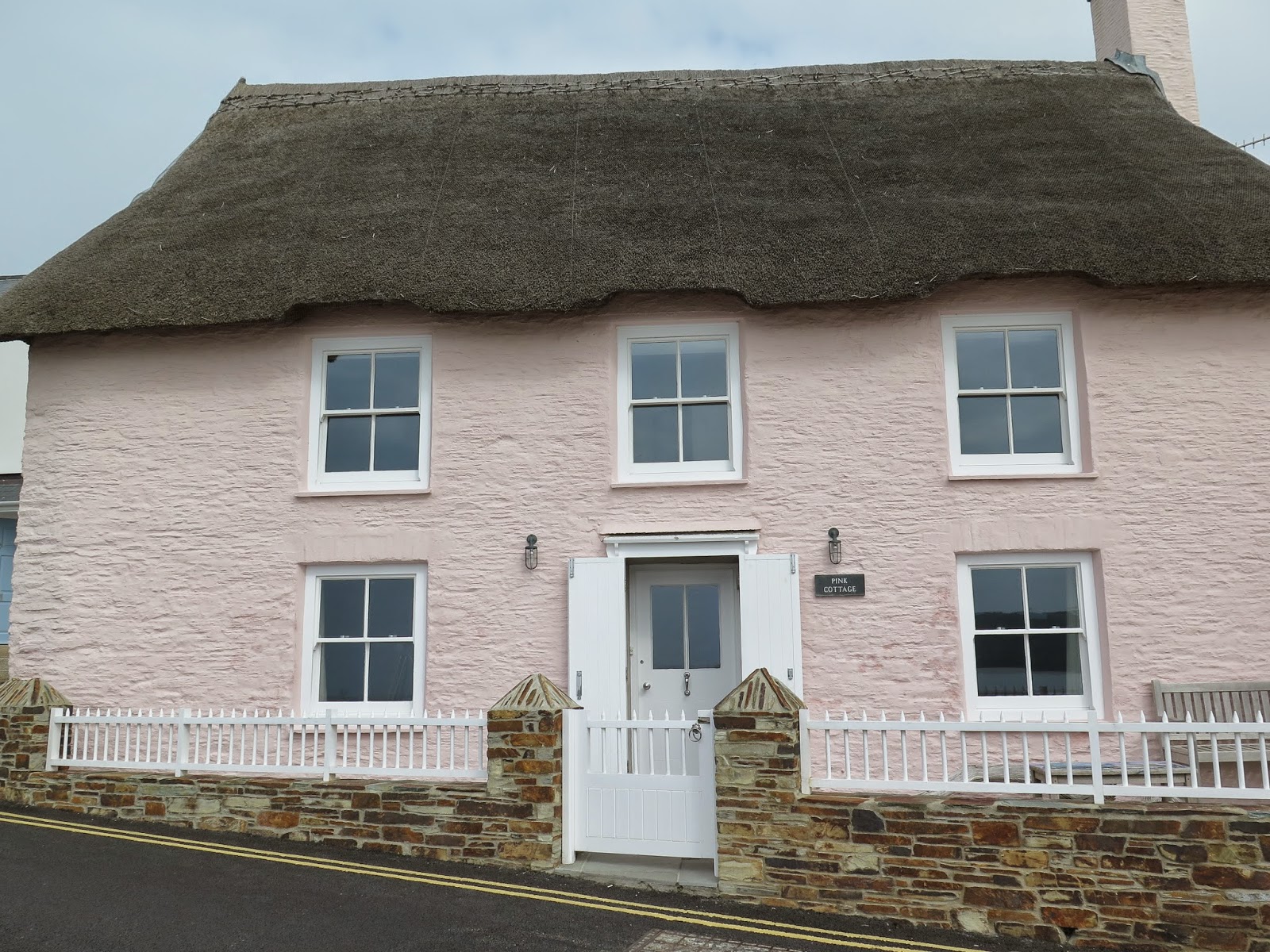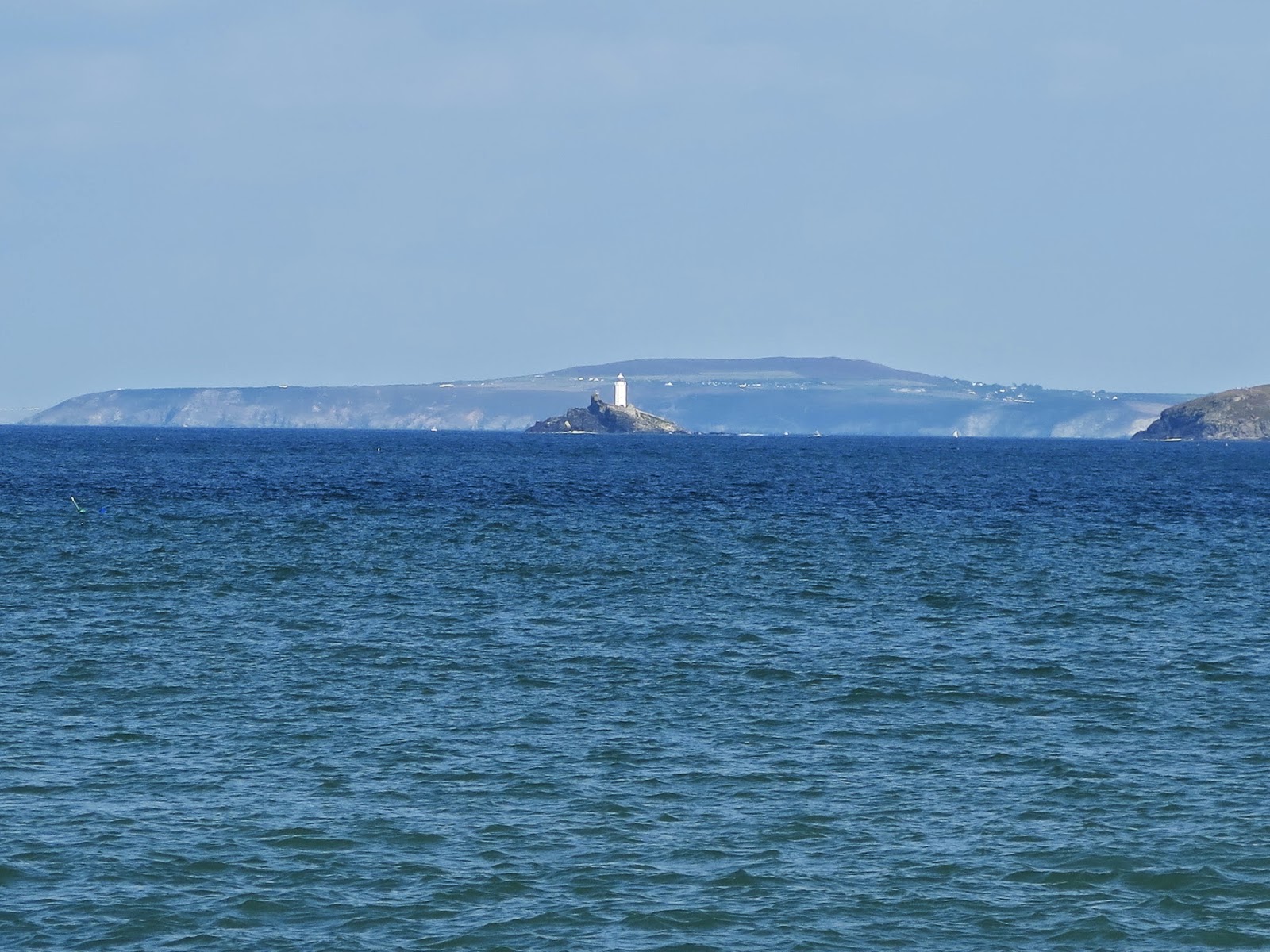Garden roses from Hollyflora
I have been working on the second installment of my English countryside trip, but going through my photos is taking longer than I thought. I promise to finish it soon! In the meantime, fall is here and there are so many sweet moments to enjoy. Here are a few that are happening around my house.
COOKING
Rustic Autumn Vegetable Tart
Photo via Fine Cooking
FLOWERS
I brought home pink garden roses and orange marigolds
BOOKS
My books have started arriving from England and it feels as if Christmas has come early. It was thrilling to find some of these books in England since so many are not available here. And I love the English editions of my favorite books.
AND ONE NEW CHAIR
It looks like this is where I will be doing some of that reading. The new chair in the guest bedroom will be the perfect spot to while away some hours on a fall afternoon. I ordered it a long time ago and when it arrived I had to smile since it reminded me of our trip to the English countryside.
Next up, English Countryside, Part Two -- Devon and the Cotswolds!
Photo via Fine Cooking
This is my favorite time of the year for cooking. The markets are fairly bursting with fabulous fall produce. I love the apples, butternut squash, carrots, and parsnips available now. I look in food magazines such as Fine Cooking or Food and Wine for recipes that use the best available fall produce. I recently found a recipe that has become a new favorite: Rustic Autumn Vegetable Tart. Celebrate fall with this delicious seasonal main course. I served Tomato and Fennel Soup from Melissa Clark to start and then followed with a generous slice of the vegetable tart and a green salad on the side. It was a perfect recipe for a cozy weekend dinner. Make this one and I promise you will be adding it to your fall favorites. A warm slice of pumpkin bread topped with vanilla ice cream would be the perfect dessert.
My version turned out great! (via Instagram)
FLOWERS
LA-based florists Holly Vesecky and Rebecca Uchtman are the creative and talented co-owners of Hollyflora and have just opened up their first boutique: the Hollyflora Market and Courtyard. They sell everything you might need for holiday entertaining -- ceramics, vases, linens, candles, lanterns, garden ornaments, and buckets and buckets of gorgeous flowers. I went to the grand opening last weekend and it was absolutely stunning. There were beautiful fall vignettes wherever I looked. If you live in Los Angeles, or are visiting, be sure to stop by. You will find so much inspiration for your home and garden. Go here to learn more.
I brought home pink garden roses and orange marigolds
BOOKS
My books have started arriving from England and it feels as if Christmas has come early. It was thrilling to find some of these books in England since so many are not available here. And I love the English editions of my favorite books.
This is a very special garden book that has just been published. I found it at John Sandoe Books in London. Written by Sarah Raven who is married to Vita's grandson, Vita Sackville-West's Sissinghurst showcases Vita's own writing about gardening and includes sumptuous vintage and new photographs of what has to be one of the prettiest gardens in the world.
It looks like this is where I will be doing some of that reading. The new chair in the guest bedroom will be the perfect spot to while away some hours on a fall afternoon. I ordered it a long time ago and when it arrived I had to smile since it reminded me of our trip to the English countryside.
Next up, English Countryside, Part Two -- Devon and the Cotswolds!






















































